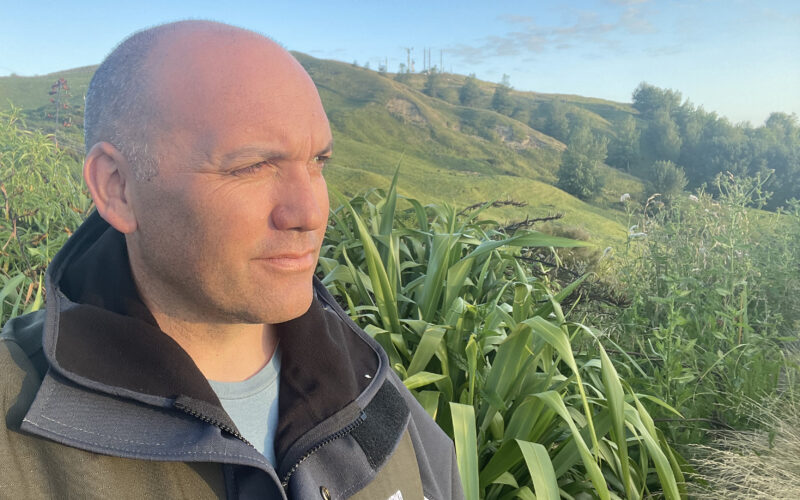A Tairāwhiti community leader accepts that spending millions on roads is important in the Gabrielle recovery programme – but so too, he says, is ensuring those roads lead to communities with a prosperous future before them.
Ruatoria local Manu Caddie said there is a real risk of a “road to nowhere” scenario if steps are not taken to ensure remote coastal communities have sustainable, economic income alternatives to exotic forestry.
Like the exotics, those alternatives grow well on the coast but also have the ability to heal humans and the land alike.
He wants to see some of the millions spent on roading also committed to co-investment into companies establishing sustainable businesses based on indigenous plants and organisms on the coast.
For him the first contender is the plant kānuka, and kānuka oil extraction.
“We’ve got a product that has been through successful clinical trials in Aotearoa and Florida, the results have been published in The Lancet medical journal and we now have global pharmaceutical companies signing up for licencing deals.
“This will require significant kānuka forests to be sustainably managed, jobs in kānuka cultivation, harvesting of the foliage, transportation and oil extraction.
“Kānuka is awesome for erosion control and over time we can transition pasture to kānuka and then kānuka monocrop forests to transition to more diverse indigenous species if we develop a market for, say, sustainably produced tōtara and matai timber.”
However, he is aware that any developments using native plants will be highly dependent on a programme managing the huge deer and possum populations in the region.
“Deer populations have been out of control in the Raukūmara. A five-year government-funded project on pest control in the ranges is proving successful but needs a 20-year funding window to deliver full results.”
The Tāne Tree Trust is also working with local forestry companies on projects to study the transition of pine forests to natives, given the lack of evidence to date on how to achieve this successfully.
Such projects also have a pool of skilled, forest-familiar labour available among workers who feel the exotic forestry sector has left them short-changed, but who want to remain living in Tairāwhiti.
“There are hundreds of whanau and dozens of businesses with deep experience in fencing, hunting, trapping, spraying, tree-planting and maintenance. These skills are all transferable to indigenous restoration programmes on land unsustainable for pasture or pine.”
Caddie was instrumental in leading a community petition just prior to Cyclone Gabrielle, pushing for a review and halt to forestry on parts of the coast particularly vulnerable to forest debris and waste damage.
The petition proved prescient, launched only days before Gabrielle dumped millions of tonnes of waste on Tairāwhiti homes, beaches and farms, adding another layer to existing piles and growing community anguish.
He understands decisions are also already underway to determine if some of the region’s local roads will remain open or will closed for good.
“I know some places where there may be only one house down a 20km road, and it is being asked just how viable those roads will be. This also includes the powerlines down there too.”
Surveys he has conducted with community groups are also providing some insights into locals’ tolerance for future weather events, given the sketchy roading network.
“We did a ‘stay or go’ survey on families and some did say they will go, but most said they intend to stay for the long haul.
“It is possible, though, we may see life here become more seasonal, and some places just become summer destinations maybe only accessible by water.”
Caddie admits the recent weather events have challenged even his usually optimistic view of Tairāwhiti’s future.
However, with the sun out and some normality returned he still believes the coast has huge opportunities ahead, creating new markets for products connected to diverse indigenous forests and plantations, including kānuka, mānuka honey and native timber products.
In Focus podcast | 9 February
This month marks one year since Cyclone Gabrielle ripped through the eastern North island. Farmers, growers and communities faced a massive recovery as they worked to rebuild infrastructure, supply chains and get the land back into productive shape.
For this week’s show, Bryan sits down with Rod Vowles, who farms just east of Waipawa a few kilometres from the Tukituki River. His story of survival is astonishing.
Then, Karen Morrish from Apples and Pears NZ to see how Hawke’s Bay growers are faring as the harvest gets under way.
And, Federated Farmers national board member Sandra Faulkner shares how Tairāwhiti farmers are getting on up the coast.






